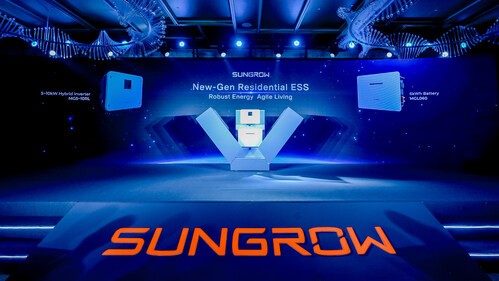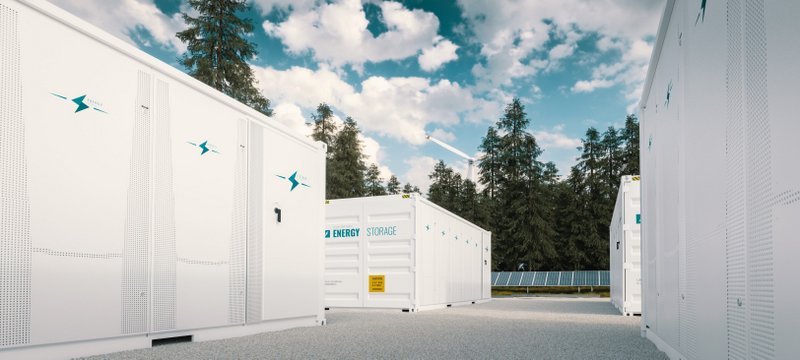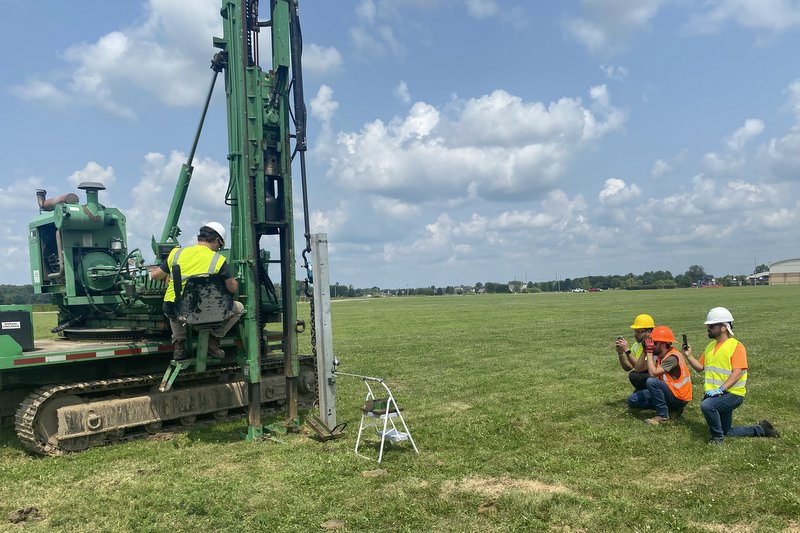Get to know NEC 2017 revisions: Updated PV labels, rapid system shutdown
Changes for Stand-Alone Systems
Language was clarified in article 690.56(A) regarding stand-alone systems. References to the authority having jurisdiction (AHJ) and related codes were removed. It now reads:
 A) Facilities with Stand-Alone Systems. Any structure or building with a PV power system that is not connected to a utility service source and is a stand-alone system shall have a permanent plaque or directory installed on the exterior of the building or structure at a readily visible location acceptable to the authority having jurisdiction. The plaque or directory shall indicate the location of system disconnecting means and that the structure contains a stand-alone electrical power system. The marking shall be in accordance with 705.10.
A) Facilities with Stand-Alone Systems. Any structure or building with a PV power system that is not connected to a utility service source and is a stand-alone system shall have a permanent plaque or directory installed on the exterior of the building or structure at a readily visible location acceptable to the authority having jurisdiction. The plaque or directory shall indicate the location of system disconnecting means and that the structure contains a stand-alone electrical power system. The marking shall be in accordance with 705.10.
This revision removes subjective content that might be confusing for enforcement personnel. The AHJ, in this case, could be both the building department and the fire department. These different AHJs could have different opinions on location. Simply stating that the sign must be in a readily visible location is preferred. Fire departments are most likely your best choice to consult with on the best placement of the sign. The reference to the wiring methods section of 690 was not appropriate for this sign and was deleted in the code revision.
Updated Rapid Shutdown labeling
Regarding the fire department and the fire marshal, one of the more important changes involves how a system is identified for rapid shutdown. The details around rapid shutdown are still being discussed but, regardless of the outcome, fire marshals want clear identification regarding rapid shutdown.
A public input was submitted to NFPA1, which is currently updating the IFC (International Fire Code) for 2018. This input is described below and also applies to the NEC 2017 revision so that there is consistency between both documents.
 The new language listed in 690.56(C) will require a label that is similar in concept to those shown here.
The new language listed in 690.56(C) will require a label that is similar in concept to those shown here.
The first label would be required for a PV system that shuts down the array and all conductors leaving the array, which will represent the NEC 2017 rapid shutdown requirements.
The second label would be for PV systems that only shut down the conductors leaving the array, which is representative of the current rapid shutdown requirements defined in the NEC 2014.
 The label shall include a simple diagram of a building or roof. Diagram sections in red signify sections of the PV system that are not shut down when the rapid shutdown switch is operated. Sections of the diagram in yellow signify sections of the PV system that are shut down when the rapid shutdown switch is operated. Buildings with both types of rapid shutdown, or a PV system with one of the rapid shutdown types and a PV system with no rapid shutdown, shall have a detailed plan view showing each different PV system and a dotted line around areas that remain energized after the rapid shutdown switch is operated.
The label shall include a simple diagram of a building or roof. Diagram sections in red signify sections of the PV system that are not shut down when the rapid shutdown switch is operated. Sections of the diagram in yellow signify sections of the PV system that are shut down when the rapid shutdown switch is operated. Buildings with both types of rapid shutdown, or a PV system with one of the rapid shutdown types and a PV system with no rapid shutdown, shall have a detailed plan view showing each different PV system and a dotted line around areas that remain energized after the rapid shutdown switch is operated.
Finally, the rapid shutdown switch shall have a label located on or no more than 1 meter (3.3 ft) from the switch that reads “Rapid Shutdown Switch for Solar PV System.”
As you can see, there are many changes — both subtle and obvious — that are being considered for the NEC 2017 revision. We will continue to gather feedback so that final changes can be made using public input and validated by associated code references as well as real world requirements.
The goal is to continue working toward better code language that helps installers, inspectors and designers meet the challenges of the future and ensure a safe installation environment.
Todd Fries is marketing manager of identification systems with HellermannTyton North America, in Milwaukee, and also serves on Code Making Panel 4 of the NEC 2017, which is involved with the changes and additions being discussed in this article.




